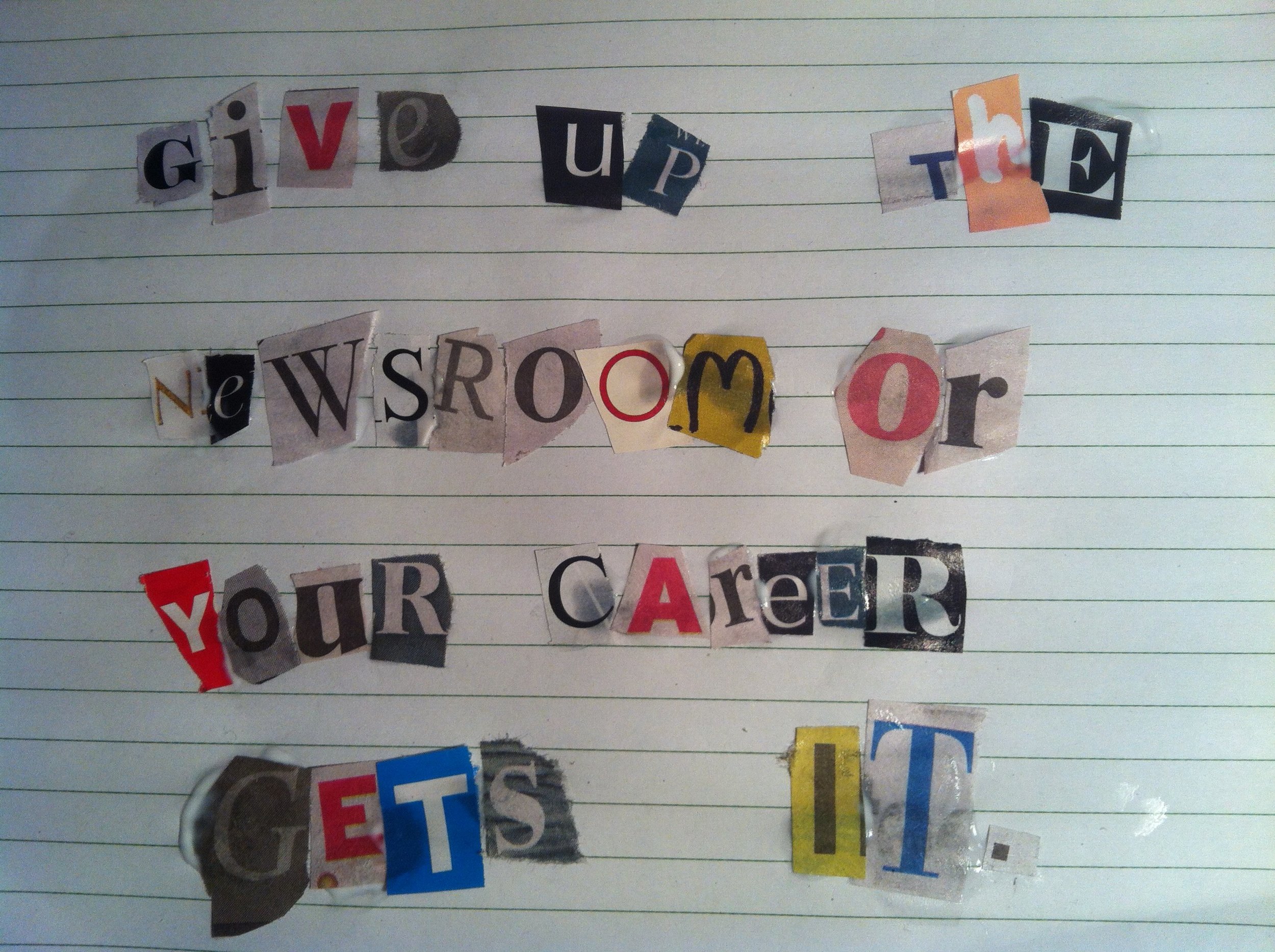There are times when I know I am sitting at my desk – grounded (in a very gravitationally fulfilling sense). Magpies warble and school kids occasionally wander outside. I can smell the echoes of tea and toast that started my day. I am well and truly here.

And then I start to work, and to think about the future of long form. The magpies are silenced, the school kids unnoticed. I might still be here, but the state of my mind has inversed. I’ve gone head-first into the screen of my computer - like in some cheesy BBC sci-fi show for kids. I’m not grounded in any sense, but floating within the interwebs in the most peculiar way. And then I am unmoored.
Thus, in this terrain-less place of zero gravity I have had to set up some space-stations of sorts; categories that that we can work within. They’re in constant flux, but necessary moors for efficient travels into the possibilities of long form. No doubt the opportunities will grow, but here is a list of the types of ways we can publish long form non-fiction as I see them now:
Station 1: Traditional print
If you’re a bit old fashioned like me, you get a kick from seeing your byline in print. (And it also involves the validation of an editor). But it’s a slow process and depending on who publishes you, your audience is limited. I won’t elaborate here, as we all know the basics of this model (and if you don’t, just get online to learn more).
Station 2: Traditional online
These publications are modelled on print (there’s an editor, and a regular publishing schedule), with the main difference being that the work is published online. There are generally shorter lead times, and bigger audiences (particularly if it’s not a user-pays site). But there are few online venues that publish long form produced by emerging writers. And also, many online publications don’t pay.
I’ll presume you all know how to pitch your work to editors (and if you don’t know, just google it). In this blog we won’t cover the practicalities of traditional print and online approaches. But getting your work to readers is getting your work to readers. So together we’ll combine a list of potential venues for long form non-fiction.
Station 3: Enterprise Journalism / Community funded reporting / Crowd sourcing
In this model you pitch your idea to a community of potential readers, and if they like it, they’ll commit an amount of money to fund it. When I say ‘readers’, I mean anyone. They can commit a few dollars or thousands.
As far as Community Funded Reporting; in the USA, spot.us is making tracks with this idea. It seems less popular in Australia however. (Last time I checked the Aussie equivalent youcommnews.com had stalled. Most activity is date stamped 2011. Not to mention that the only funded projects were pitched by established journalists Margaret Simons and Toula Mantus.)
Crowd funding (ie via sites not specifically focused on journalism) is certainly gaining some momentum. (See post Crowd funding is the new black) Using sites like pozible.com, kickstarter.com and indiegogo.com you can try to get anyone to fund a small portion of your writing project.
Station 4: Publishers funded by philanthropists
In Australia, The Global Mail was recently launched, funded by Wotif.com founder Graeme Wood. It’s early days for the concept of philanthropic publishing, which may mean the opportunities for emerging writers are limited. But we’ll certainly take a look, and report back what we find.
Station 5: Writers funding philanthropy
This model is not unlike enterprise journalism / community funded journalism with the main difference being that the funding goes to a charity (not you). You pitch a story and pick a charity. When the readers fund it you write it, and when you publish it, your charity gets paid.
Station 6: Writing for free / Self Publishing
If you don’t want or need to get paid for your work, you can publish your long form article on your own site or blog. Once you have done this you can ask networks like www.longreads.com and www.longform.com to promote your piece.
Station 7: Entrepreneurial journalism / Self Publishing
For some, entrepreneurial journalism includes or is interchangeable with what I have described as community funded reporting (and vice versa). But to me the difference is that the ‘entrepreneurial’ aspect involves more business functions – like sales and marketing. Self-publishing your article as an e-book is a form of Entrepreneurial journalism.
I’ll be exploring all of these options (and more) on this blog. In the meantime, have any of you had any experience with some of the newer avenues of publishing non-fiction long form?



